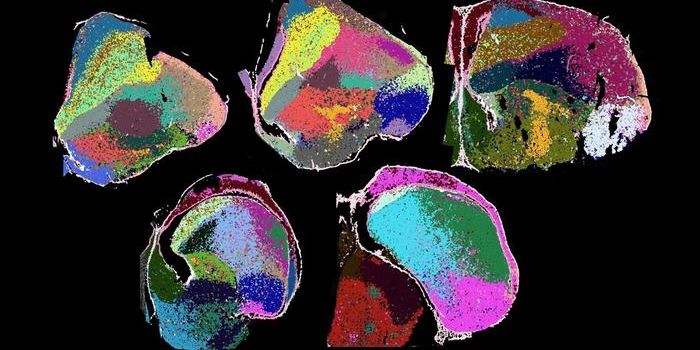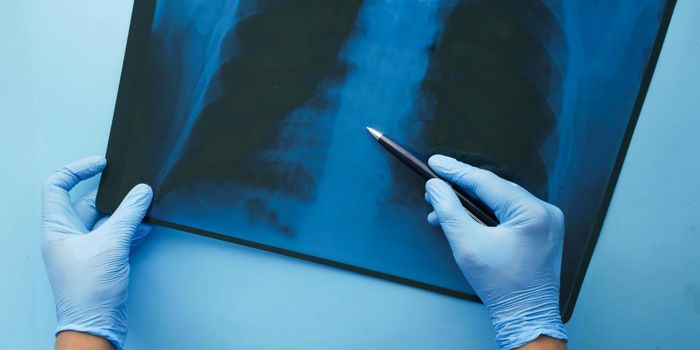On the Cutting Edge - How Chimeroids Can Advance Research
While human bodies are very similar to one another, there are myriad variations that make each of us unique. This even comes down to the genes we carry. Although most of us carry roughly the same genes, those genes can carry small variations in their sequences that make them slightly different from one person to another. Those variations can make studying the causes of disease very challenging. This is especially true for the human brain, which cannot be accurately modeled with animals in many cases. Even chimpanzees, our closest animal relatives, don't have the same brains as we do. Scientists are trying to address these issues.
A recent advancement came in the form of organoids, which are simplified and miniaturized versions of human organs that are created by genetically reprogramming cells. Now researchers have taken that advancement further, to create a model know as chimeroids. These models are organoids that have been made from multiple cell lines, which can introduce some of the natural genetic variation that is observed in people into a research model. The work has been reported in Nature.
Cerebral organoids have been used in research labs for several years. They build on a Nobel-prize winning technique in which adult human skin cells were genetically modified so that they would become like pluripotent stem cells, blank slates that can develop into any other cell type. These induced pluripotent stem cells (iPSCs) are again reprogrammed to make organoids. With neurons and other cerebral cell types, miniaturized versions of simple human brains can be created and tested in various ways. These models have helped scientists learn a lot more about human development, biology, and disease. Now, scientists can use chimeroids for even more things.
In this work, the scientists obtained cells from five donors to create iPSCs from multiple people, to introduce a diverse genetic background. These cells were prompted to become neural progenitor cells. These pre-organoid cells were then separated into different parts, then combined again to create organoids from multiple cell lines, or chimeroids. Once the chimeroids were created, the researchers verified that they did indeed carry cells with varied genetic backgrounds.
Next, the investigators used their chimeroids in an experiment. They exposed them to ethyl alcohol to assess the impacts on neural growth. This showed that there were different effects; in other words, the consumption of alcohol probably affects different people in different ways, and those effects depend on the individual's genetics.
Now that the methodology is available, the team is anticipating a host of new studies that use chimeroids to understand how changes in genetics can impact the brain, and how it reacts to various conditions.
"The idea of generating organoids that contain cells from multiple donors was directly motivated by our long-term interest in modeling psychiatric conditions, such as schizophrenia, and developmental disorders, such as autism spectrum disorder," said senior study author Paola Arlotta, chair of Harvard University's Department of Stem Cell and Regenerative Biology (HSCRB), among other appointments.
"The ability to grow cells from distinct donors within the same organoid opens the door to investigating at scale and in a controlled way the responses of brain cells of many different individuals to many different types of stimuli, from genetic mutations, to infections, to drugs, and more."
Sources: Harvard University, Broad Institute, Nature









